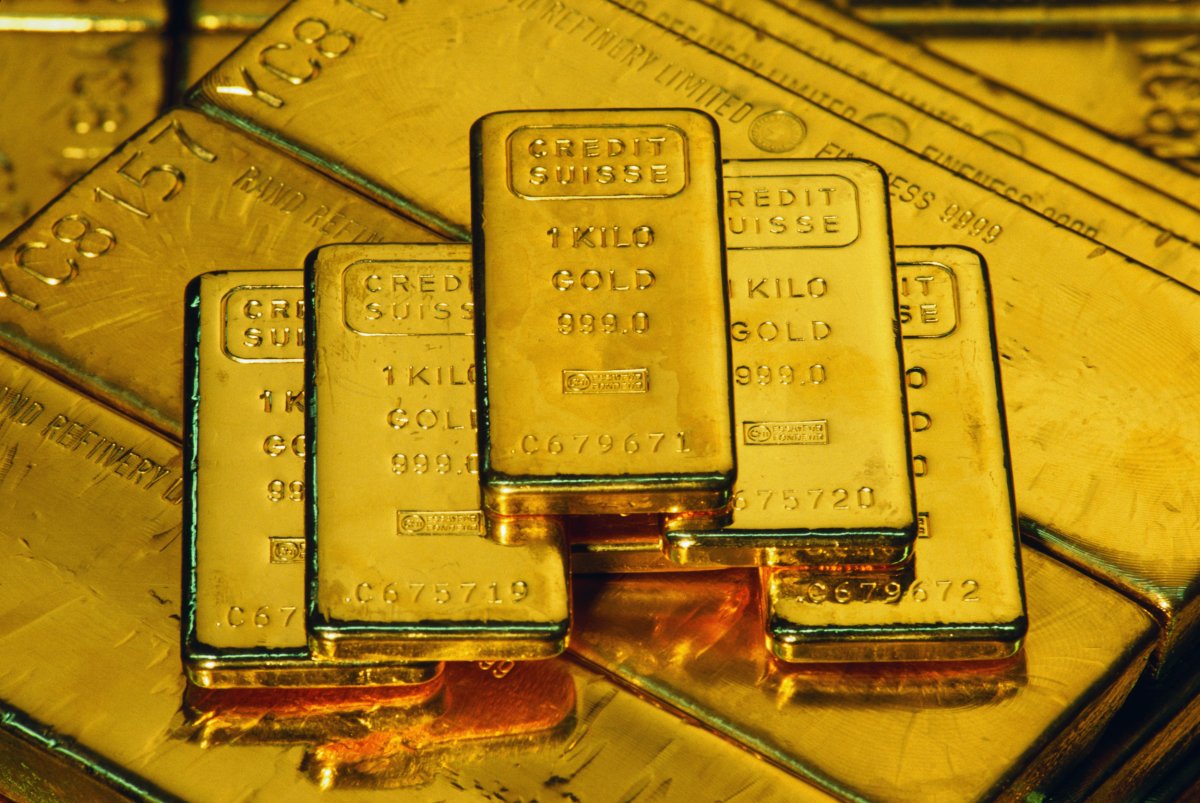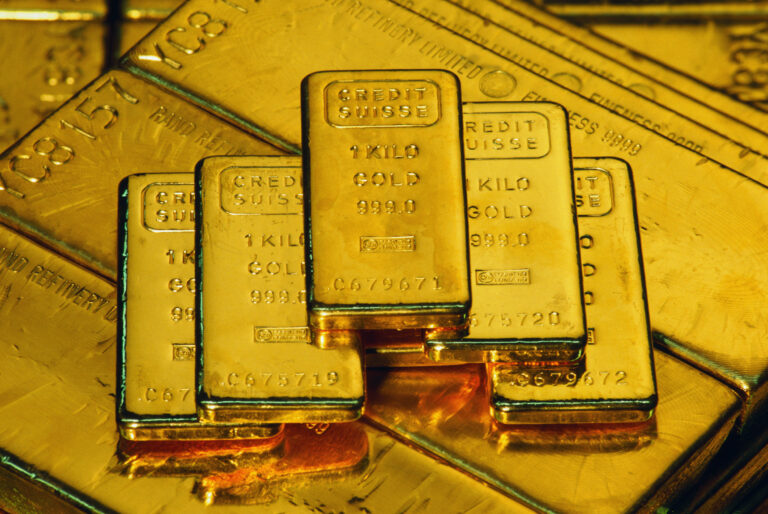Gold prices on Tuesday rose 1.2 percent to $2,931.75 an ounce, and Goldman Sachs forecasted gold to reach as high as $3,100 per ounce by the end of the year, up from $2,890.
The increase has been partly attributed to President Donald Trump’s tariff plans, which have stirred economic uncertainty and boosted gold’s appeal as a safe investment.
Factors such as increased demand from central banks and growth in investments in gold-backed exchange-traded funds (ETFs) are also significant contributors to the price of gold.
Why It Matters
Gold prices often rise when investors are worried about the economy and turn to gold as a safer place to put their money. With the ongoing trade uncertainties, the appeal of gold has strengthened.
Goldman Sachs financial analysts are speculating that should these conditions persist, gold prices might soar to as high as $3,300 per ounce by the end of the year.

Charles O’Rear/Getty Images
What To Know
Last week, gold’s value surged to a record high of $2,942.70. The price of gold today is currently sitting at $2,927.79 per ounce as of press time.
Goldman Sachs recently adjusted its year-end gold price forecast to $3,100 per ounce, up from earlier predictions, in response to these market conditions. UBS has also revised its forecast, raising its year-end target for gold to $2,900 from $2,800 and indicating a possible climb to $3,200 later this year.
A significant reason for the surge in gold prices is the increased buying by central banks. Per Bloomberg’s reporting, purchases by central banks may increase to an average of 50 tons a month. By buying more gold, banks can diversify their reserves, moving away from traditional currencies like the dollar or euro, especially during uncertain economic times.
There’s also a lot of money flowing into gold-backed ETFs, highlighting that investors see gold as a safe choice when the economy is shaky. Worries are currently driven by ongoing geopolitical tensions and uncertainties surrounding trade policies, especially after Trump signed a memorandum initiating a new reciprocal tariff system.
What People Are Saying
Adrian Ash, director of research at BullionVault, previously told Newsweek regarding gold’s gains: “The three short-term drivers, I’d say, are Trump, Trump, Trump.”
Goldman Sachs analysts Lina Thomas and Daan Struyven wrote in a note, as reported by Bloomberg: “If elevated policy uncertainty—including tariff fears—persists, speculative positioning could push gold prices as high as $3,300 an ounce by year-end.”
Joni Teves, precious metal strategist at UBS, told MarketWatch: “We think strong positive investor sentiment given high levels of macro uncertainty coupled with a continued lack of positioning implies plenty of room for gold holdings to rise. This in turn should push prices higher.”
Kyle Rodda, financial market analyst at Capital.com, told Reuters: “We’ve seemingly got pretty significant central bank buying and that we’ve also got these potential shortages in Europe on the basis that there seems to be a rush to get gold in the U.S., to avoid possible tariffs.”
What Happens Next
As global tensions and trade issues continue to affect the markets, gold’s reputation as a reliable safe haven could continue to grow.


